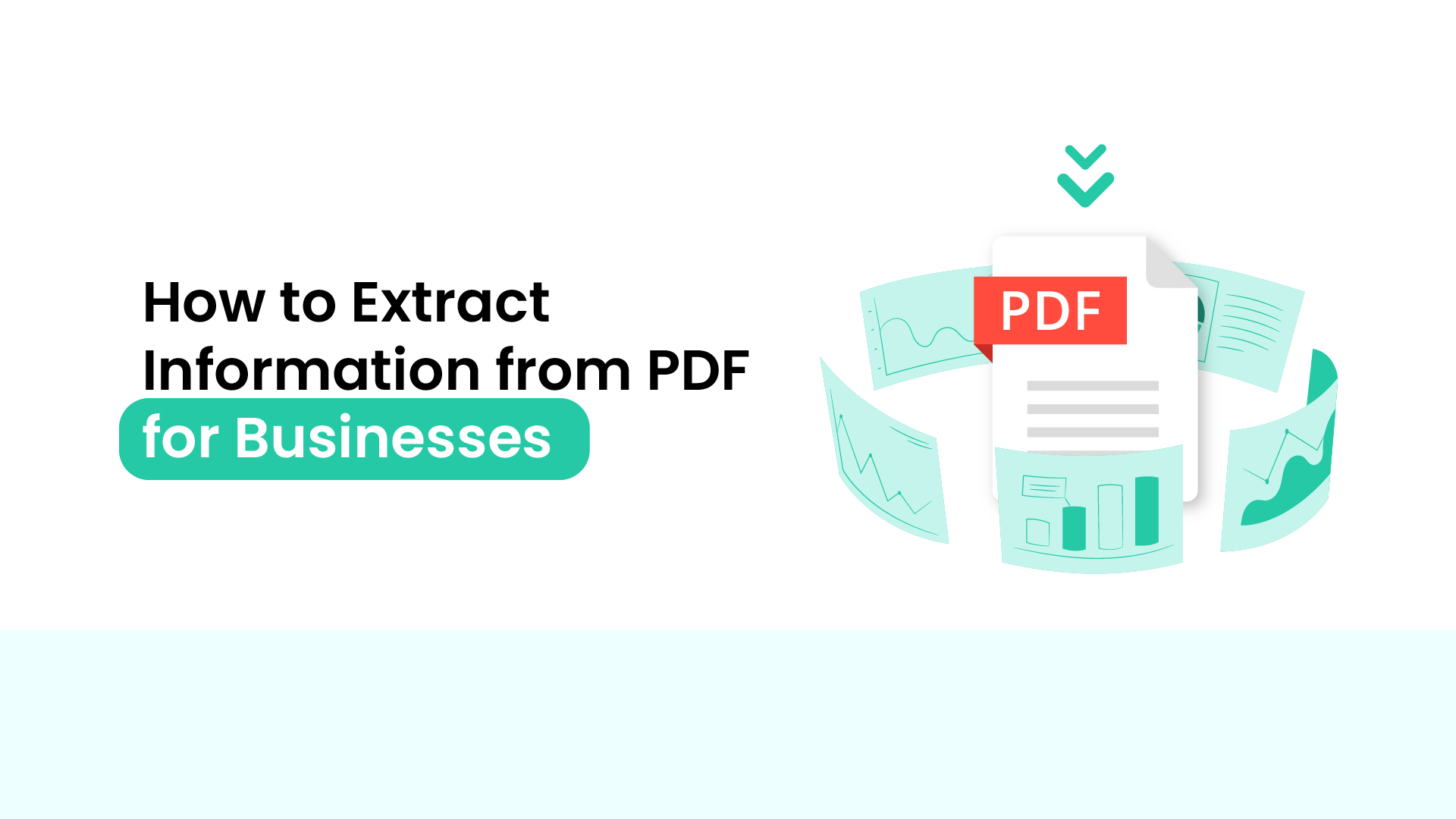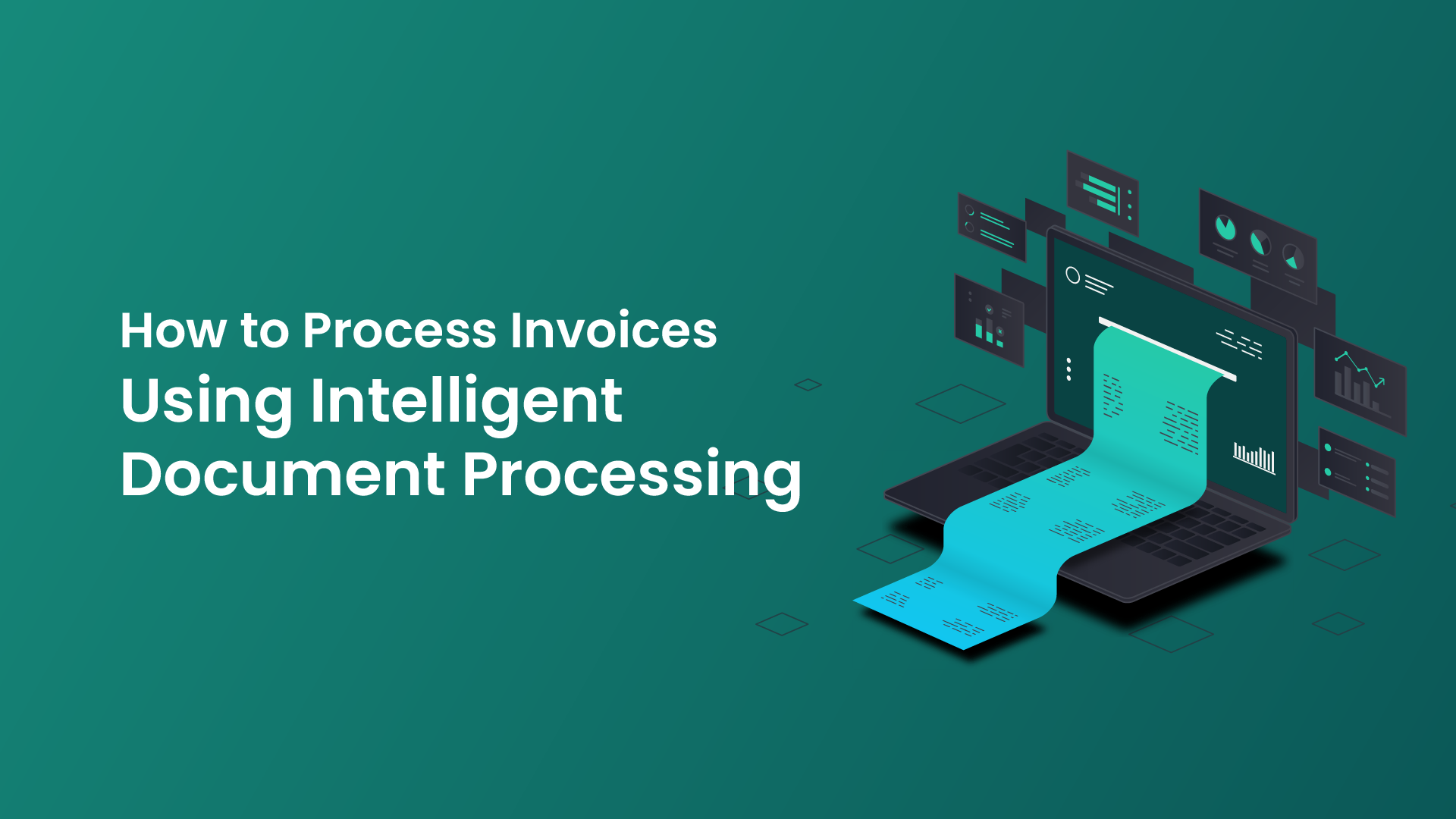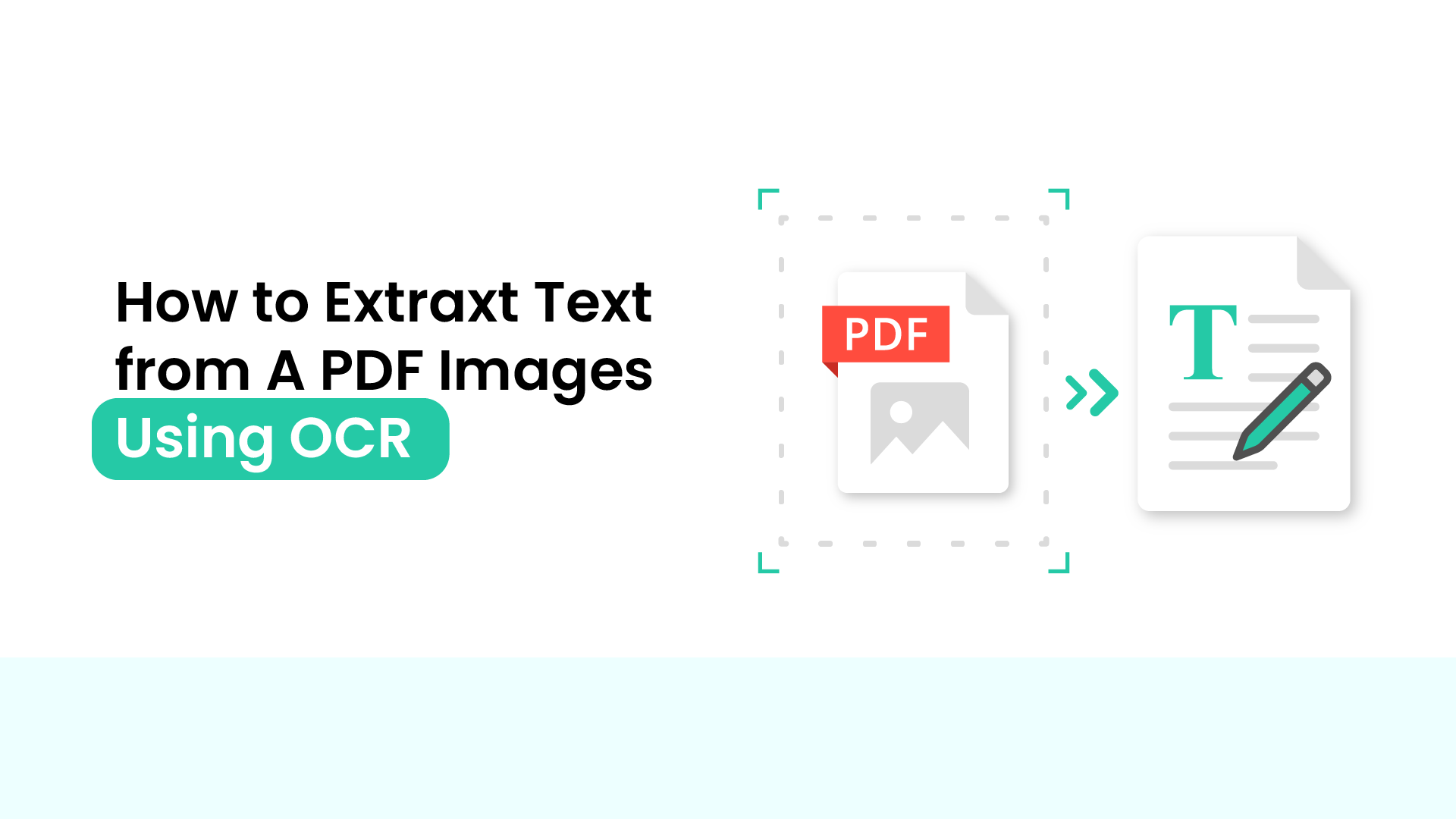Introduction
The task of extracting information from PDF files is crucial for businesses in various industries. PDFs are commonly used for storing and sharing important documents, but working with these files can be challenging due to their non-editable nature. Extracting information from PDFs allows businesses to access and utilize valuable data, facilitating decision-making processes and enhancing productivity. In this blog post, we will discuss the importance of extracting information from PDF for businesses and explore different methods for achieving this task.
Importance of extracting information from PDF for businesses
Extracting information from PDF files is essential for businesses due to the following reasons:
- Accessibility: PDFs often contain critical data that businesses need to analyze and utilize. Extracting this information allows for easy accessibility and use in various applications or databases.
- Data analysis: Extracted data from PDFs can be analyzed to gain insights, identify patterns, and make informed decisions. This analysis is crucial for businesses to stay competitive in today’s fast-paced market.
- Efficiency: Extracting information from PDF files saves time and effort by providing access to relevant data without manual data entry. It streamlines workflows and allows employees to focus on more value-added tasks.
Table of Contents
The Traditional Struggle: Manual PDF Data Extraction
Businesses have long faced the challenge of extracting information from PDF files, a task that often involves tedious manual efforts and is prone to inaccuracy:
Tedious Manual Efforts
One method of extracting information from PDFs is manual data entry, which requires individuals to painstakingly type the information into a different format, such as a spreadsheet or database. This process is time-consuming and can be a drain on resources.
Inaccuracy Issues
In addition to being time-consuming, manual data entry is also prone to human error. Transcribing information from PDFs increases the risk of typos, misinterpretations, and other mistakes. These inaccuracies can have a significant impact on the reliability and usability of the extracted data.
Make every document count – Choose Sanad AI for unparalleled accuracy!
Optical Character Recognition (OCR) Technology
Another approach to extracting information from PDF files is through the use of Optical Character Recognition (OCR) technology. This advanced technology has revolutionized the way businesses handle data extraction tasks.
How OCR technology works
OCR technology works by converting scanned or bitmap images of text into editable and searchable formats. It utilizes complex algorithms to analyze the patterns and shapes of characters in the image, enabling it to recognize and extract text accurately.
Benefits of OCR technology
Optical Character Recognition (OCR) technology offers several notable benefits in the realm of document processing. Firstly, OCR greatly enhances efficiency by automating the extraction process, eliminating the need for labor-intensive manual data entry. This automation not only accelerates the pace of data extraction but also contributes to substantial time savings for businesses. Additionally, OCR employs advanced recognition algorithms, leading to a remarkable improvement in accuracy. The technology significantly reduces errors, ensuring that extracted information is reliable and error-free. Furthermore, the implementation of OCR is cost-effective, as it eliminates the requirement for additional resources dedicated to manual data extraction, providing businesses with a streamlined and economical solution. Moreover, OCR transforms the extracted text into a searchable format, facilitating easy and quick access to specific information within the document. These benefits collectively position OCR as a powerful tool for businesses seeking efficiency, accuracy, and cost-effectiveness in their data extraction processes.
A New Dawn: Intelligent Document Processing (IDP)
In the ever-evolving world of data extraction from PDF files, a new player has emerged to revolutionize the way businesses handle this task. Intelligent Document Processing (IDP) is the latest technology that is taking data extraction to a whole new level.
Understanding Intelligent Document Processing
Intelligent Document Processing combines advanced machine learning and artificial intelligence techniques to extract and process data from various types of documents, including PDF files. Unlike traditional OCR technology, IDP goes beyond simple character recognition and incorporates intelligent algorithms to understand the context and meaning of the extracted information.
Powered by Natural Language Processing (NLP) and machine learning algorithms, IDP can accurately extract data from complex layouts, handwritten forms, and even unstructured documents. It can also match and validate the extracted data against predefined templates or databases, ensuring consistency and accuracy.
The Power of Template Recognition
One of the key features of IDP is its ability to recognize templates or patterns within documents. By using machine learning algorithms, it can identify and extract specific information fields such as names, addresses, dates, and more, without manual intervention.
This template recognition capability not only improves efficiency but also enhances accuracy by eliminating the risk of errors in data extraction. It also allows businesses to automate data extraction processes that traditionally required manual effort, saving valuable time and resources.
With Intelligent Document Processing, businesses can streamline their PDF data extraction tasks, improve accuracy, and gain valuable insights from their unstructured data. As IDP technology continues to evolve and improve, we can expect even greater advancements in data extraction capabilities.
Introducing “Sanad AI”: Revolutionizing PDF Data Extraction
In the ever-evolving world of data extraction from PDF files, a new player has emerged to revolutionize the way businesses handle this task. Intelligent Document Processing (IDP) is the latest technology that is taking data extraction to a whole new level.
Understanding Intelligent Document Processing
Intelligent Document Processing combines advanced machine learning and artificial intelligence techniques to extract and process data from various types of documents, including PDF files. Unlike traditional OCR technology, IDP goes beyond simple character recognition and incorporates intelligent algorithms to understand the context and meaning of the extracted information. Powered by Natural Language Processing (NLP) and machine learning algorithms, IDP can accurately extract data from complex layouts, handwritten forms, and even unstructured documents. It can also match and validate the extracted data against predefined templates or databases, ensuring consistency and accuracy.
The Power of Template Recognition
One of the key features of IDP is its ability to recognize templates or patterns within documents. By using machine learning algorithms, it can identify and extract specific information fields such as names, addresses, dates, and more, without manual intervention. This template recognition capability not only improves efficiency but also enhances accuracy by eliminating the risk of errors in data extraction. It also allows businesses to automate data extraction processes that traditionally required manual effort, saving valuable time and resources.
Seamless OCR Functionality
With “Sanad AI,” businesses can benefit from seamless OCR functionality. Sanad AI combines advanced Optical Character Recognition (OCR) technology with IDP capabilities, allowing for accurate and efficient data extraction from PDF files. Sanad AI’s OCR functionality enhances character recognition accuracy, ensuring reliable extraction of data from even the most challenging documents.
Intelligent Document Processing with “Sanad AI”
By leveraging “Sanad AI” for intelligent document processing, businesses can streamline their PDF data extraction tasks, improve accuracy, and gain valuable insights from their unstructured data. As “Sanad AI” continues to evolve and improve, we can expect even greater advancements in data extraction capabilities.
Step into a paperless future, take your step now!
The Simplicity Advantage: How “Sanad AI” Changes the Game
Streamlining Workflows
“Sanad AI” offers a solution to the complex and time-consuming task of extracting data from PDF files. By leveraging advanced machine learning and artificial intelligence techniques, “Sanad AI” streamlines workflows and simplifies the data extraction process. Businesses no longer need to manually extract data from PDFs, saving valuable time and resources.
Universal Template Compatibility
One of the remarkable features of “Sanad AI” is its universal template compatibility. Regardless of the layout or structure of the PDF document, “Sanad AI” can recognize and extract data accurately. This eliminates the need for businesses to create specific templates for each document type, further streamlining the data extraction process. With “Sanad AI,” businesses can extract data from a wide range of PDF documents, from invoices to contracts, with ease.
How to Extract Information from PDF for Businesses Using SANAD AI
1. Document Upload:
Begin the process by logging into the Sanad AI platform and uploading the PDF document that contains the information you need. This is typically done through a user-friendly interface where you can easily select and upload the relevant files.
2. Template Recognition:
Sanad AI utilizes intelligent document processing to recognize the layout and structure of the PDF document. This involves the platform understanding the placement of text, images, and other elements within the document. The advanced algorithms enable Sanad AI to adapt to various document formats and structures, making it versatile for different types of PDFs.
3. OCR Technology Activation:
Optical Character Recognition (OCR) technology is a crucial component of Sanad AI. Once the template is recognized, OCR is activated to convert any textual information within the PDF into machine-readable text. This step is essential for accurate extraction, especially in cases where the PDF contains non-standard fonts, complex layouts, or low-quality scans.
4. Data Extraction Configuration:
Specify the type of information you want to extract from the PDF. Sanad AI allows users to configure extraction parameters based on specific data points such as names, addresses, dates, or other relevant information. This customization ensures that the platform focuses on extracting the most pertinent data for your business needs.
5. Automated Extraction Process:
Initiate the automated extraction process, allowing Sanad AI to employ machine learning algorithms to identify and extract the specified information from the PDF. The platform works efficiently to process the document and retrieve relevant data points, significantly reducing the time and effort required compared to manual extraction methods.
6. Data Verification:
After the extraction is complete, review the extracted data presented by Sanad AI. While the platform is designed to provide high accuracy, human verification is recommended to ensure the precision and reliability of the extracted information. This step adds an extra layer of quality control to the extraction process.
7. Export and Integration:
Once the extracted data is verified, export it in your preferred format, such as CSV or Excel. Sanad AI also supports integration with other business applications and workflows, allowing for seamless transfer of the extracted information into your organization’s systems. This integration enhances overall efficiency by eliminating manual data entry and facilitating real-time data updates.
Conclusion: From Hard to Easy – The Transformation of PDF Data Extraction
Recap of Evolution
Over time, advancements in PDF extraction technology have transformed the way businesses handle data extraction. Traditional methods were challenging and time-consuming, requiring manual effort and prone to errors. However, with continuous learning algorithms and the advent of tools like “Sanad AI,” the process has become more efficient, accurate, and flexible.
The Future Outlook
Looking ahead, the future of PDF extraction holds even greater possibilities. As technology continues to evolve, we can expect further improvements in accuracy, speed, and the range of supported document formats. The ongoing advancements in data extraction solutions like “Sanad AI” will continue to empower businesses with streamlined workflows and valuable insights from their extensive document collections. Embracing these advancements will be crucial for businesses seeking to stay competitive and efficient in the digital age.



